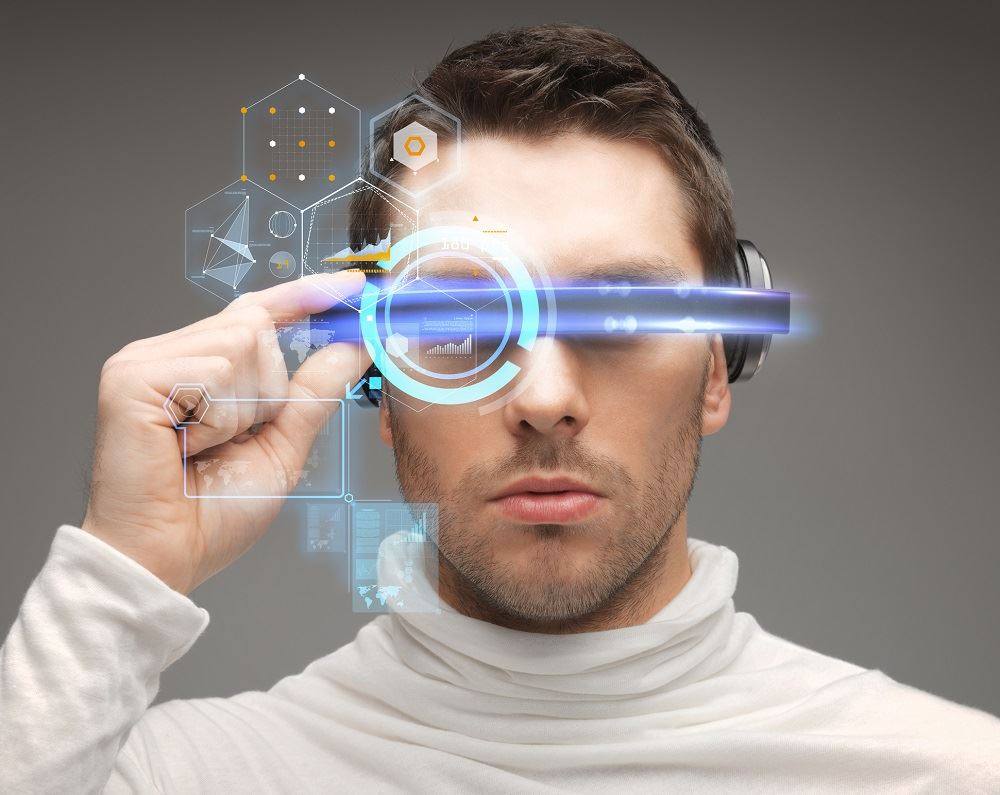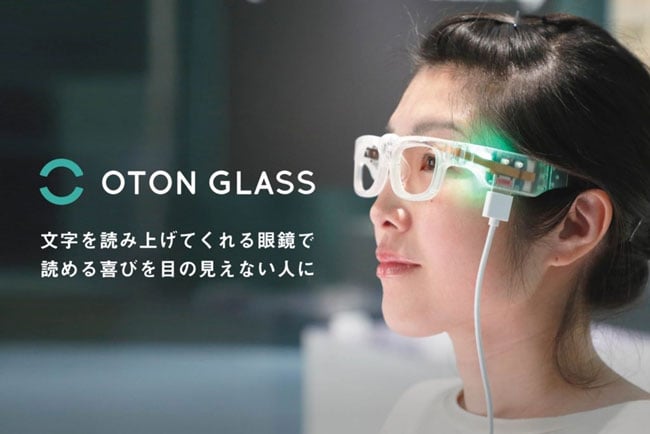Enhancing Accessibility With Assistive Innovation for the Blind
The combination of assistive innovation for the blind represents an essential improvement in accessibility, basically altering how people browse their settings and involve with culture. As we explore the diverse types of assistive devices and their tangible effects on daily living, it becomes necessary to check out how ongoing technical developments are reshaping the landscape of assistance for the blind area.
Summary of Assistive Modern Technology
Assistive technology describes a variety of tools and software application designed to boost the abilities of people with impairments, consisting of those who are aesthetically damaged or blind. This innovation plays an essential role in advertising self-reliance and boosting the lifestyle for users. By giving alternate techniques for accessing details and doing day-to-day jobs, assistive technology empowers people to navigate their settings better.
The advancement and implementation of assistive innovation welcome a range of principles focused on cultivating access. These concepts include user-centered layout, which prioritizes the needs and choices of the person, and the assimilation of modern technology into day-to-day activities. Such advancements ensure that assistive devices are not only functional yet additionally instinctive and very easy to make use of.
Furthermore, assistive technology incorporates a varied range of options, from low-tech alternatives like magnifiers to modern developments such as screen readers and Braille display screens. The continuous advancement of this field is driven by the requirement to address the distinct obstacles encountered by individuals with visual impairments (Wearable technology for low vision). As innovation remains to development, the capacity for enhancing ease of access and promoting inclusivity stays encouraging, inevitably adding to an extra equitable culture

Sorts Of Assistive Instruments
Numerous sorts of assistive gadgets are available to sustain people that are visually damaged or blind, each developed to resolve certain demands and difficulties. These gadgets can be broadly classified right into three primary types: low-tech, mid-tech, and state-of-the-art remedies.
Low-tech devices include items such as magnifiers, Braille tags, and tactile maps. These are fairly basic devices that improve the individual's capability to interact with their environment without needing intricate modern technology.
Mid-tech tools usually entail advanced features, such as electronic magnifiers and mobile Braille note-takers. These gadgets can provide capabilities like speech result, allowing customers to access details much more effectively.

Influence On Daily Living
The availability of different assistive gadgets significantly enhances the lifestyle for people that are visually impaired or blind, influencing their day-to-day living in profound ways. By integrating technologies such as display readers, Braille presents, and audio summary solutions right into their regimens, individuals obtain better autonomy and independence. These devices assist in access to details, making it possible for individuals to carry out daily tasks, such as reading e-mails, navigating public spaces, and delighting in media web content.
Moreover, assistive devices equip people to involve more completely in social interactions and community tasks. The capacity to use smartphones outfitted with access functions enables seamless interaction and connection with others. This connection fosters a sense of belonging and minimizes sensations of seclusion.
In expert settings, assistive technology supports productivity by allowing people to complete work tasks successfully. Devices like voice acknowledgment software program and specialized magnification devices enable users to take part in the labor force on equivalent footing with their sighted peers.

Innovations in Modern Technology
Recent technical improvements have substantially transformed the landscape of tools readily available for individuals who are blind or aesthetically damaged. The combination of synthetic intelligence (AI) and equipment learning has generated applications that improve navigation and things recognition. For instance, smart device applications can now make use of AI to determine and explain surroundings in real-time, giving users with beneficial contextual info.
In addition, advancements in haptic modern technology have actually led to the development of smart walking canes furnished with sensors that detect challenges and supply responsive comments. This encourages individuals to browse their environment with increased confidence and self-reliance. In addition, innovations in text-to-speech software and braille display screens have actually improved the availability of digital web content, enabling for smooth interaction with numerous media.
Wearable innovations, such as smart glasses, are likewise making strides in helping aesthetic problems. As modern technology proceeds to advance, the capacity for also more transformative devices continues to be on the perspective.
Future Trends and Innovations
As technology swiftly proceeds, the future of assistive tools for people that are blind holds enormous pledge. Innovations in expert system (AI) and equipment knowing are poised to reinvent the means blind individuals communicate with their environments. AI-driven applications are being created to boost item recognition, enabling individuals to determine and navigate their surroundings with higher convenience and precision.
Moreover, improvements in haptic responses innovation are allowing the creation of tactile maps and navigating aids that supply real-time information via touch. These developments not just enhance wheelchair but also foster self-reliance. Additionally, wearable gadgets outfitted optometrist career with augmented truth (AR) features are arising, offering individuals aesthetic details through audio descriptions, therefore linking the void between the digital and physical globes.
Furthermore, the integration of wise home modern technology offers new chances for accessibility, allowing people to control their living settings via voice commands or smartphone applications. As collaboration between technology programmers and the blind community continues, the focus on user-centered design will guarantee that future advancements are customized to meet the special demands of this populace (Wearable technology for low vision). The trajectory of assistive modern technology assures an extra comprehensive and empowering future for people that are blind
Verdict
In final thought, assistive innovation plays a vital duty in boosting access for people with aesthetic impairments. The varied selection of tools, consisting of screen readers and smart canes, significantly improves daily living and cultivates freedom. Continual improvements in innovation and user-centered design ensure that these devices provide properly to the one-of-a-kind requirements of the blind community. As innovations progression, raised inclusivity and empowerment can be expected, ultimately improving the lifestyle for those affected by aesthetic problems.
The assimilation of assistive innovation for the blind stands for an essential advancement in access, essentially changing exactly how people navigate their atmospheres and involve with society.Assistive innovation refers eye doctor school to a range of gadgets and software made to enhance the capacities of individuals with specials needs, including those who are blind or aesthetically impaired. Wearable technology for low vision.As modern technology quickly progresses, the future of assistive tools for people who are blind holds enormous assurance. The trajectory of assistive technology guarantees a much more empowering and inclusive future reference for people that are blind
In conclusion, assistive innovation plays a crucial function in boosting accessibility for individuals with aesthetic impairments.